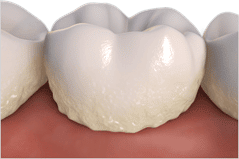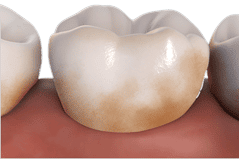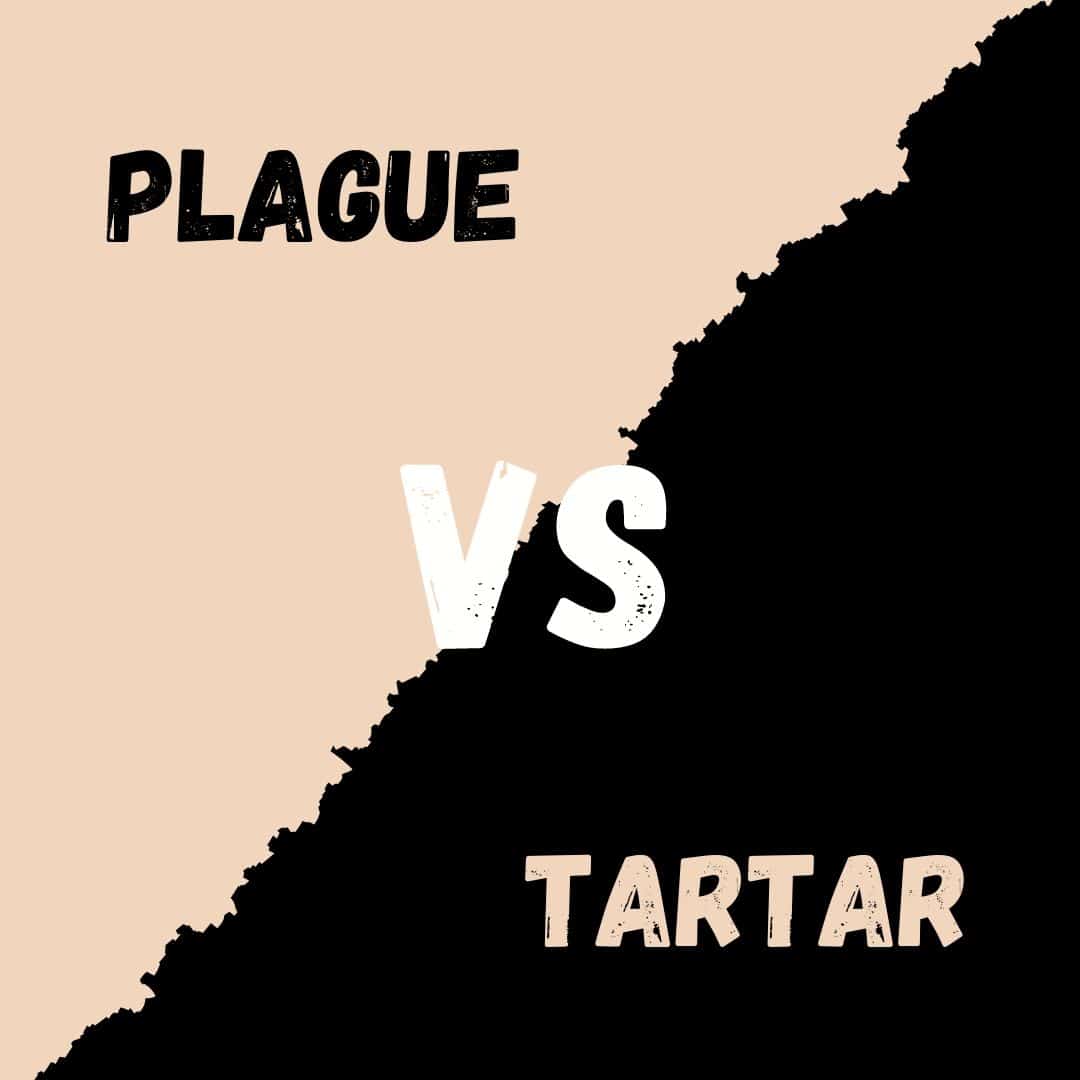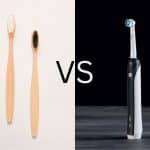Dentists like to use the word tartar to scare patients into flossing. Tartar is the hardened deposits that form on teeth when they are not brushed. It’s basically a mixture of bacteria, saliva, and food particles. It’s different from plaque because plaque is a soft substance that is easy to remove with a toothbrush. So, let’s talk about plaque vs tartar.
What is Plaque?

Plaque is a soft, sticky substance that builds around the teeth and gum lines every day. Unfortunately, harmful plaques are readily removed during whitening teeth twice daily. Any plaque missed during brushing will cause gum inflammation, redness, and puffiness and may cause bleeding.
When the disease starts, it becomes known as gingivitis. Gingivitis occurs as a reversible stage for periodontists. Gingivitis untreated may have the potential for serious periodontal diseases and even dental damage.
How does dental plaque form?
When eating carbohydrates, sugar or carbohydrates combine in saliva with saliva, which produces acids that help kill bacteria and viruses. Over time, frequent acid attacks on healthy teeth affect the innermost layer of dental enamel. The more acid attacks on tooth enamel, the greater the chances of tooth decay. Tooth decay can be traumatic and requires dental attention. Unless properly treated, tooth decay can eventually spread from the inner surface of teeth where the nerves are contained and become very painful.
What is the Tartar?

Tartar has hardened surfaces. Bacteria in the plaque may stick to the surface of your teeth and eventually form tartar. This causes tooth damage as well as gum diseases. The best way to end this problem is with an effective plan. You can consult your dentist if they want to remove tartar.
Does tartar turn into a cavity?
No, tartar itself does not turn into a cavity. However, tartar (also known as dental calculus) is a form of hardened plaque that can accumulate on the teeth if they are not properly cared for. This accumulation of tartar can lead to the development of cavities, as it provides a rough surface on which bacteria can attach and grow.
To prevent cavities from forming, it is important to brush and floss your teeth regularly and to visit your dentist for regular cleanings.
How do you know the difference between plaque vs tartar?
Plaque and tartar are similar in that they are both forms of bacteria that can accumulate on the teeth. However, there are a few key differences between the two. Plaque is a sticky, colorless film of bacteria that forms on the teeth. It can be removed through regular brushing and flossing. Tartar, on the other hand, is a form of hardened plaque that has calcified onto the teeth. It is typically yellow or brown in color, and it cannot be removed through regular brushing and flossing. Only a dentist can remove tartar from the teeth through a process called scaling.
Plaque vs tartar. What are the dangers?
Plaque and tartar are two of the most common issues that can occur in your oral health. Plaque is a soft, sticky film that develops on the surface of your teeth and gums every day. If it’s not removed with regular brushing and flossing, it can harden into tartar. Tartar buildup can cause gum disease, tooth decay, and bad breath.
It’s important to understand the difference between plaque and tartar in order to prevent plaque buildup and remove tartar when necessary. Plaque is a soft, sticky film that forms on the surface of your teeth twice a day due to bacteria in saliva combined with sugary foods.
How to remove plaque and tartar?
Dental professionals recommend brushing teeth at least 2 minutes a morning and 1 before bedtime and flossing every other day. Cleaning a clean surface: Research shows that using an electric brush can help remove plaque and food residue faster than a manual. Flossing on a string is not the best way of removing dirt and plaque from your teeth. Many different dental shapes characterize the toothpick. We love soft gums. It is simple to use, flexible, and is offered in various sizes.
If you want to remove plaque from your teeth, start brushing twice daily with an ADA-approved toothbrush and fluoride toothpaste. Floss at least once per day as well, paying special attention to areas where plaque tends to accumulate, like near the gum line or between teeth.
Avoid sugary foods as much as possible since sugar helps feed bacteria in plaque. Finally, make sure you visit your dentist every six months for professional cleanings, so they can remove any built-up plaque or tartar on your teeth or gums that you may have missed during home care. Following these simple steps can help prevent plaque buildup and keep your mouth healthy for years to come!
Tartar can lead to gum disease and tooth decay if left untreated, so it’s essential to maintain good oral hygiene habits like regular brushing and flossing and visit your dentist every six months for professional cleanings.
Brushing and Flossing
Taking care of your oral health starts with brushing and flossing regularly at home, but should also include regular visits with a dental professional for checkups and cleanings. Together, these steps will help keep plaque at bay while ensuring optimal oral health!
It’s important to brush your teeth twice a day to remove this plaque before it turns into tartar. Tartar is a hardened plaque that adheres to the tooth enamel near the gum line. It cannot be removed by brushing or flossing alone; instead, you will need to visit a dental professional for removal.





